Open Wide for Caribbean, Japanese and Thai
Monday, 28 February 2011 18:45
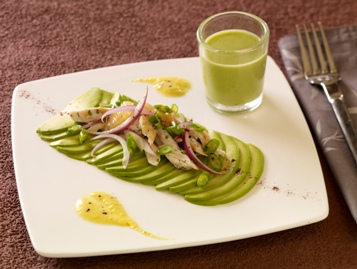 Lovers of ethnic foods are exhibiting a greater taste for exotic flavors.
Lovers of ethnic foods are exhibiting a greater taste for exotic flavors.
Consumers love tickling their taste buds with Italian, Mexican and Asian cuisines—so much that all three have become so mainstream, they’re hardly considered ethnic anymore. According to Mintel’s Global New Products Database (GNPD), however, lesser-known ethnic fare has enjoyed robust product growth in recent years, as ethnic-food lovers and their palates are hungry for more exotic ingredients and flavors.

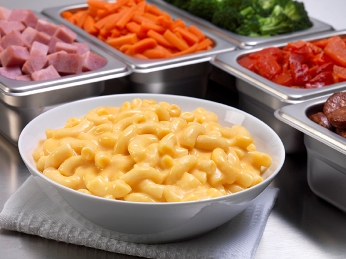 Retailers continue to expand prepared food offerings while gaining ground on restaurants.
Retailers continue to expand prepared food offerings while gaining ground on restaurants.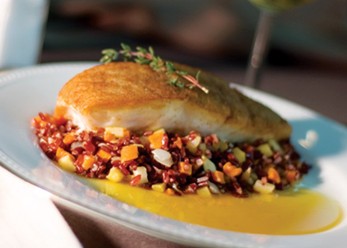 Chefs desire global cuisines, whole grains, versatility and U.S.-grown.
Chefs desire global cuisines, whole grains, versatility and U.S.-grown.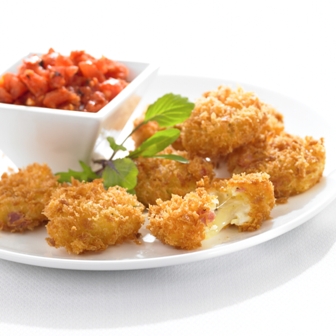 Snack orders—either as a fourth meal of the day or replacing one of the three squares—are increasing in foodservice.
Snack orders—either as a fourth meal of the day or replacing one of the three squares—are increasing in foodservice.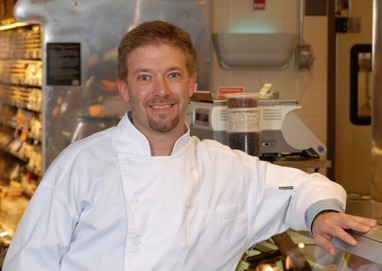 Thanks to Whole Foods Market, Scott Crawford is able to utilize all of his skills while practicing what he believes in.
Thanks to Whole Foods Market, Scott Crawford is able to utilize all of his skills while practicing what he believes in.